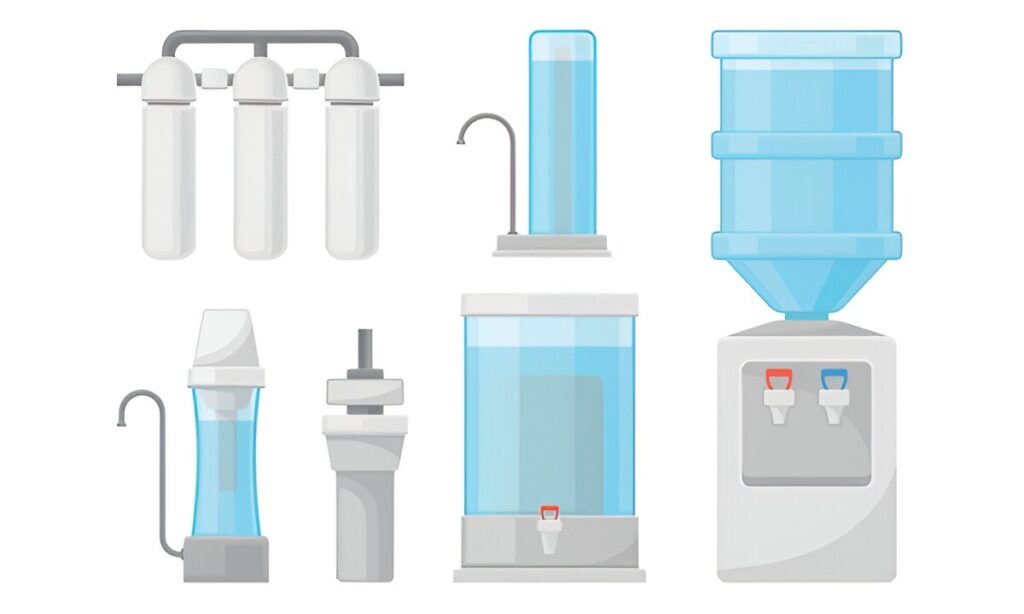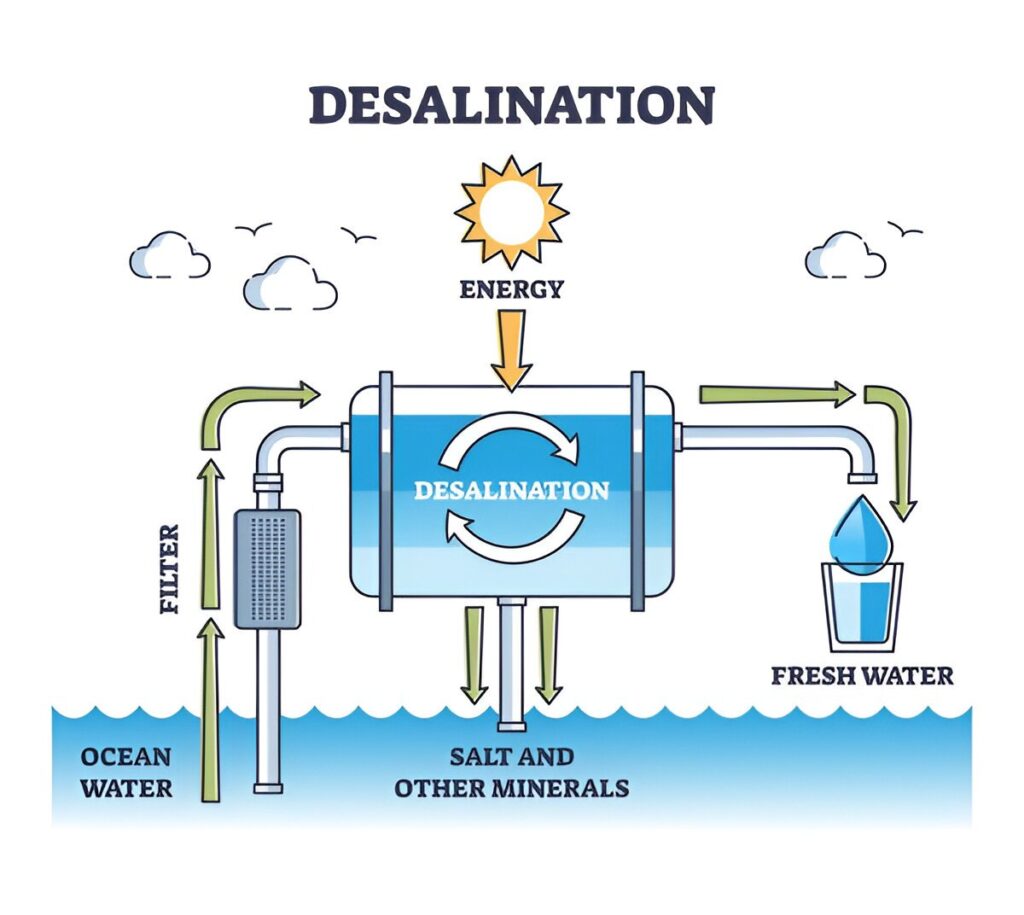With rising concerns about freshwater scarcity, this question is on many minds. In this article, we’ll dive deep into water purifiers and explore whether they can safely transform salt water into something you can drink.

Understanding Water Purifiers
Water purifiers are devices designed to remove impurities from water. They work by filtering out contaminants like bacteria, viruses, and chemicals to provide clean, safe drinking water.
What is Salt Water?
Saltwater, commonly found in oceans, contains high levels of dissolved salts, primarily sodium chloride. While it’s great for marine life, drinking it isn’t safe for humans without proper treatment.
How Water Purifiers Work
Most household water purifiers use filters and membranes to remove contaminants. Common methods include:
- Activated Carbon Filters: Trap impurities and odors.
- Ultraviolet Purification: Kills bacteria and viruses.
- Reverse Osmosis (RO): Uses a semi-permeable membrane to filter particles, including salts.
Can Standard Water Purifiers Handle Salt Water?
No. Standard purifiers aren’t equipped to remove the high salt content found in seawater. For that, you’ll need specialized technology.
What is Reverse Osmosis?
Reverse osmosis (RO) is the method for removing salts from water. It forces water through a fine membrane that blocks salts and impurities. Think of it as squeezing water through a microscopic strainer.
The Role of Desalination in Salt Water Purification
Desalination plants use advanced RO systems to turn seawater into drinkable water. This process is energy-intensive but effective, providing water to millions in arid regions.
Is Desalinated Water Safe to Drink?
Yes, but it requires careful post-treatment to add essential minerals back into the water. Without this, the water can lack the necessary nutrients for human health.
Challenges in Purifying Salt Water
- Energy Consumption: High electricity requirements make it costly.
- Waste Management: Brine disposal can harm marine ecosystems.
- Infrastructure: Desalination plants require significant investment.
Environmental Impact of Salt Water Purification
While desalination provides water, it also creates challenges:
- Carbon Footprint: Energy usage contributes to greenhouse gas emissions.
- Marine Life Disruption: Brine discharge affects ocean ecosystems.

Costs of Purifying Salt Water
Desalination isn’t cheap. The setup costs are high, and running plants can strain budgets, making them less accessible for many regions.
Alternatives to Traditional Purifiers
Innovative methods like solar desalination and forward osmosis are being explored. These alternatives promise lower energy use and minimal environmental impact.
Real-Life Applications
From the Middle East to California, desalination plants are making a difference. They provide water where natural freshwater resources are scarce, supporting both urban and agricultural needs.
Future of Salt Water Purification
The future looks bright, with advances in technology making salt water purification more efficient and sustainable. Imagine a world where every home has an affordable desalination device!
FAQs
1. Can I use a regular water purifier to drink seawater?
No, regular water purifiers aren’t designed to remove the high salt content in seawater.
2. What is the best method to purify salt water?
Reverse osmosis is the most effective method for removing salt from water.
3. Is desalinated water healthy?
Yes, when essential minerals are reintroduced during post-treatment.
4. How much does a desalination plant cost?
Costs vary but are generally high due to energy and infrastructure needs.
5. Are there eco-friendly ways to desalinate water?
Yes, methods like solar desalination and forward osmosis are promising eco-friendly alternatives.
Conclusion
While your standard water purifier won’t cut it for salt water, advancements like reverse osmosis and desalination are paving the way for safer, more accessible drinking water. As technology improves, so will our ability to harness the vast resources of our oceans.
